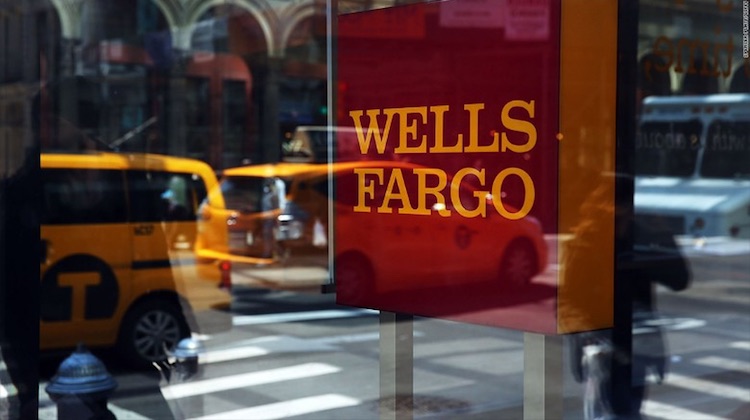The Customer Effect
How big tech and retail are inspiring consumer innovation at Wells Fargo
- Apple, Google, Facebook and Amazon -- and other retailers like Starbucks -- are "setting the bar" for the banking industry, according to Wells Fargo's Brian Pearce
- Wells Fargo has released a new “predictive banking” feature that pushes insights based on customer data and more personalized guidance








